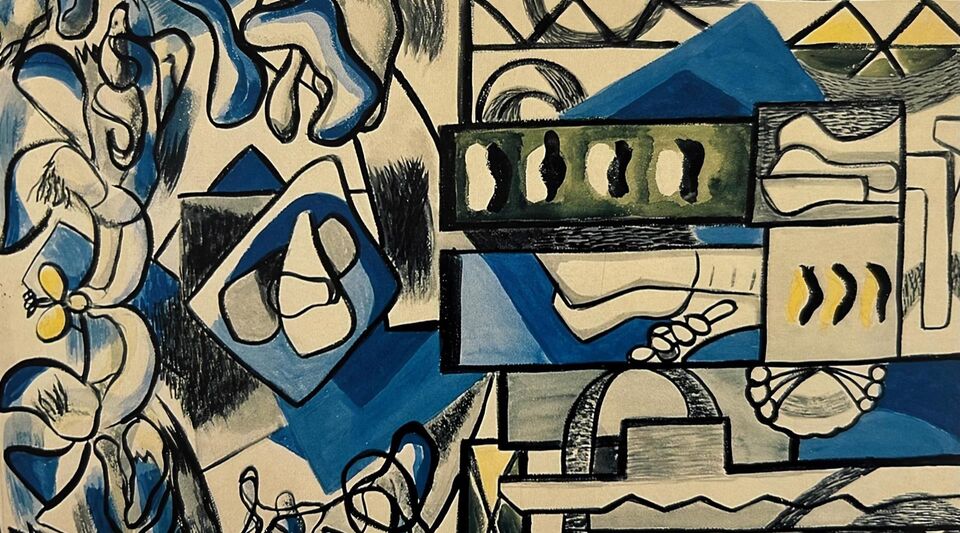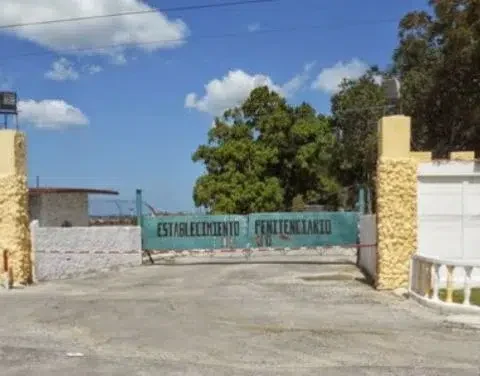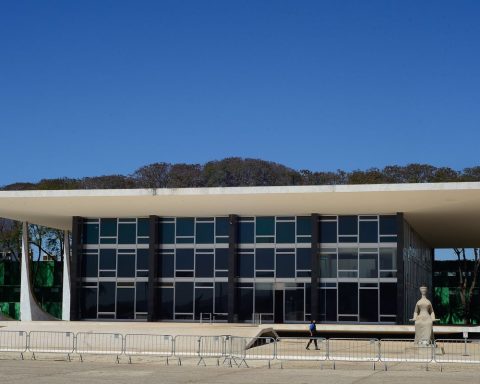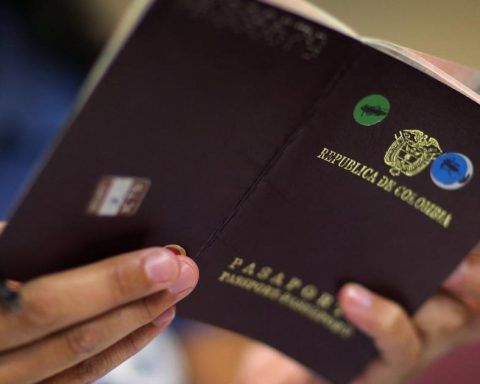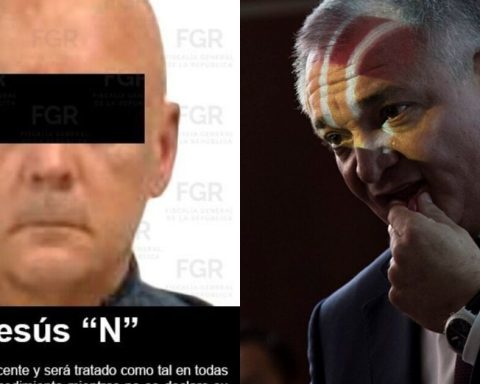(EFE) .- “Releasing” the works held by the Cuban State of the painter Amelia Peláez (1896-1968), who was at the head of the artistic avant-garde in the first half of the 20th century, is the unusual objective of a broadcast of Token No Fungibles (TNF) in Miami.
Behind the launch of these digital works of art based on “blockchain” technology is a great-niece of the Cuban painter, ceramist and muralist: the Cuban-American actress, writer, playwright and filmmaker Carmen Peláez, who directs the Amelia Peláez Foundation, based in the United States.
This Wednesday, the Foundation will put a total of 1,000 TNFs made from images of 20 works by Amelia Peláez that are now in the hands of the Museum of Fine Arts in Havana for sale through a website.
“Throughout the world the heirs of an artist are those who have the rights to reproduce their works,” says Peláez when Efe asks him if his initiative will not bring him legal problems.
Contrary to what has been claimed, Amelia Pelaéz, of Asturian origin, never agreed with the regime that emerged in 1959 with the triumph of the so-called “revolution”, as she always hated “totalitarianism”
The painter’s great-niece affirms that, contrary to what has been made to be believed, Amelia Pelaéz, of Asturian origin, never agreed with the regime that emerged in 1959 with the triumph of the so-called “revolution”, as she always hated the “totalitarianism”.
Upon the death of Amelia’s sister, with whom she lived in Havana and who survived the painter, the Castro regime, says Peláez, not only appropriated the works that were in the family home but also deceived the world into believing that the artist sympathized with the revolution and with its leader, Fidel Castro.
“He was going into exile, but they threatened to throw his mother and elderly sisters into the streets if he did not return to Cuba,” stressed the director of the foundation, who asserted that her great-aunt was in favor of “freedom and democracy” and against the totalitarianism and authoritarianism of whatever sign they were.
That is why he supported the Republicans in Spain during the Civil War and helped those who went into exile in Cuba fleeing from Franco.
Carmen Peláez has spent years denouncing the “kidnapping” of the works of Amelia Peláez by the Cuban authorities, as well as the proliferation of false works with the signature of her great aunt, whom she never met.
In 2019 he premiered and starred in Miami in a play of his authorship entitled Fake (False), whose plot revolves around a painting falsely attributed to Amelia Peláez, who began to be recognized internationally as an artist from the 80s.
On the website of the Amelia Peláez Foundation, those interested in obtaining an “Amelia” are warned that there is a “large market” for false works and “many” of these counterfeits have the eBay platform as a window.
The buyers of the TNF baptized as “Amelias” will have a certificate of authenticity issued by the foundation
The buyers of the TNF baptized as “Amelias” will have a certificate of authenticity issued by the foundation.
The price is set in a cryptocurrency (EHT) and those interested in buying one of these TNFs must first get a “wallet” to pay on the auction day. Roughly the price equals about $ 400 for “Amelia.”
Carmen Peláez will keep in reserve until the 1,000 TNFs have been sold which are the works of her great-aunt chosen for this “liberation” operation, which will serve to finance the creation of a definitive catalog of Amelia Peláez, from which the forgeries will be purged. institutionalized.
It will also serve to help organizations that fight for human rights and freedom in Cuba.
The buyer will not know until the end which is the work he bought, as they will be distributed randomly.
“I created these works from images from the foundation’s archives and from photographs that I personally took in Cuba,” said Carmen Peláez.
The Cuban regime, he says, has not taken care of the artist’s legacy at all, who after graduating from the San Alejandro Academy of Fine Arts in Cuba studied at The Art Student League in New York and lived in Paris from 1927 to 1934.
According to the specialized media nftevening.com, this is not the first time that the works of a renowned artist from the past have been converted into TNF. The British Museum announced last September that it will make 200 TNF of some works by the Japanese artist Katsushika Hokusa (1760-1849), the author of the iconic painting. The Great Wave off Kaganawa (1831).
But the “Amelia” yes they can be the first TNF that are used like tool of “liberation” of the art. “Do TNFs have the power to make something that is historically wrong right?” Asks Carmen Peláez in the website created for sale of the “Amelias”.
________________________
Collaborate with our work:
The team of 14ymedio He is committed to doing serious journalism that reflects the reality of deep Cuba. Thank you for joining us on this long road. We invite you to continue supporting us, but this time becoming a member of our journal. Together we can continue transforming journalism in Cuba.
